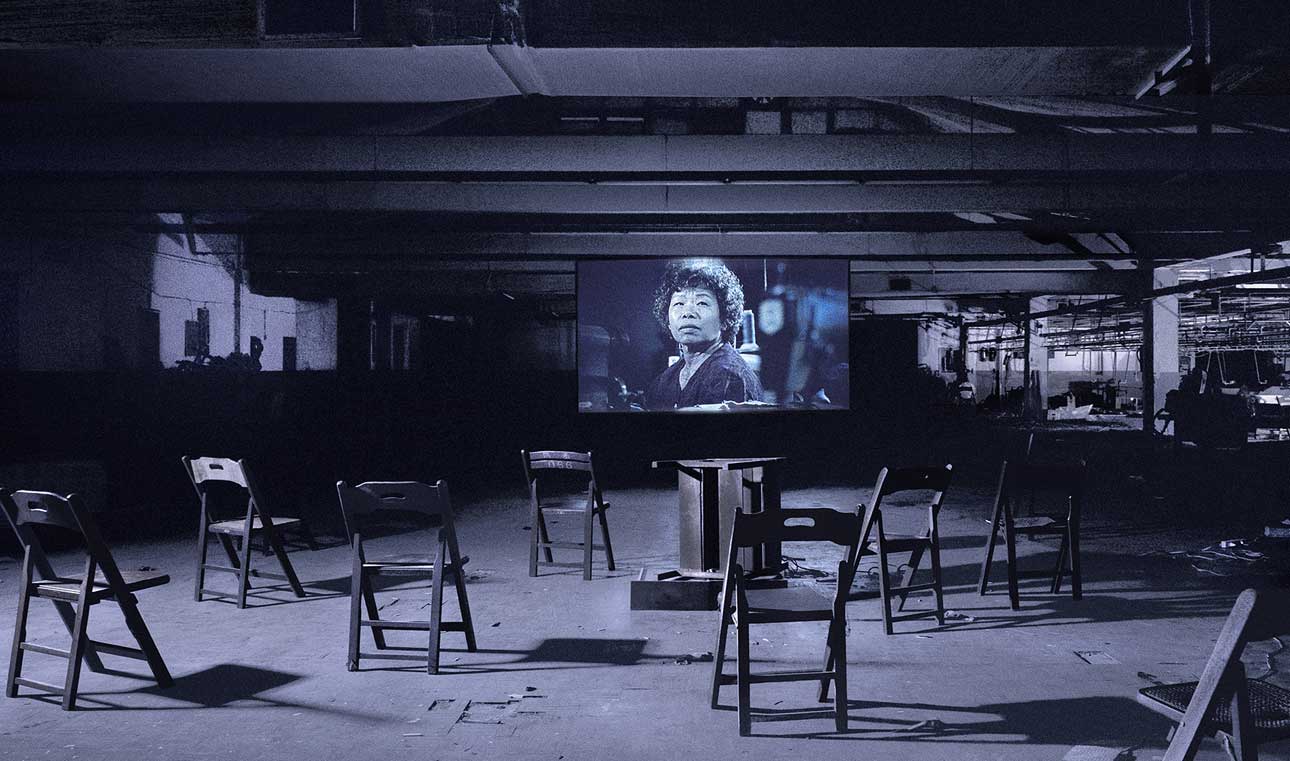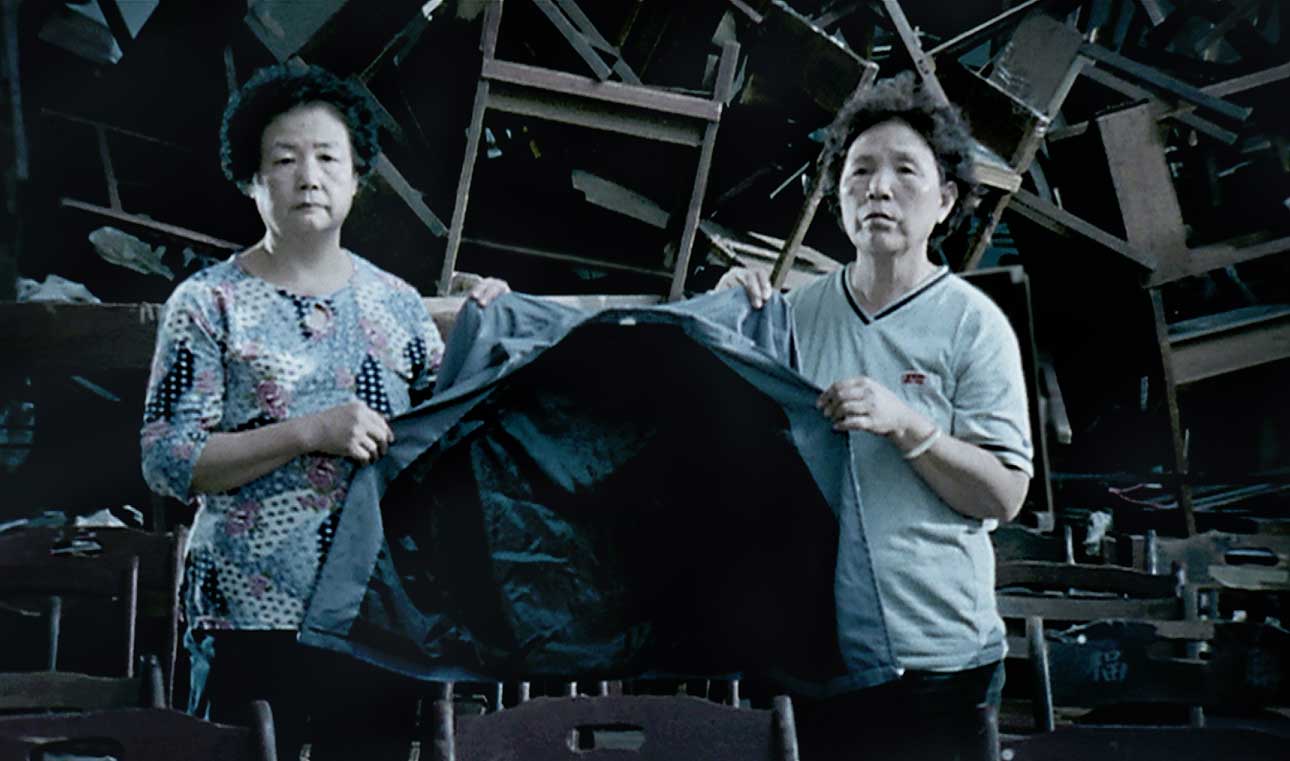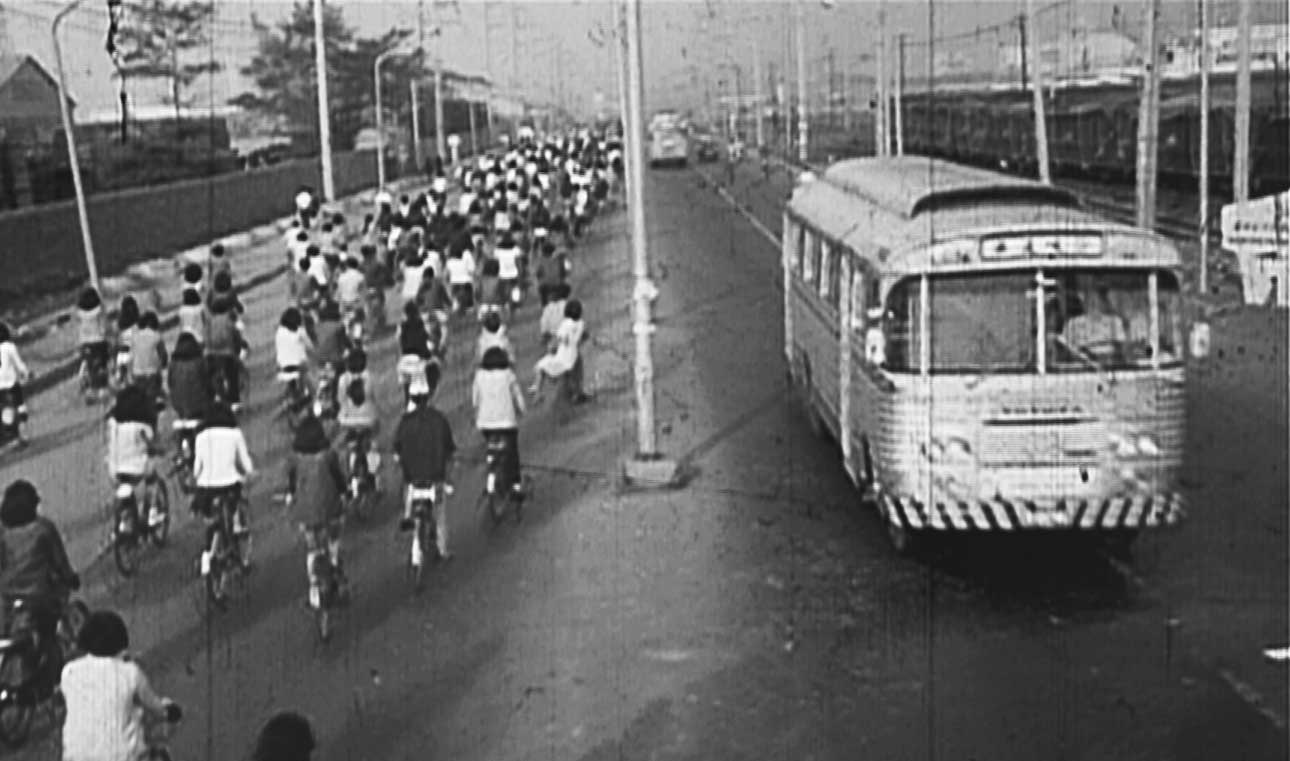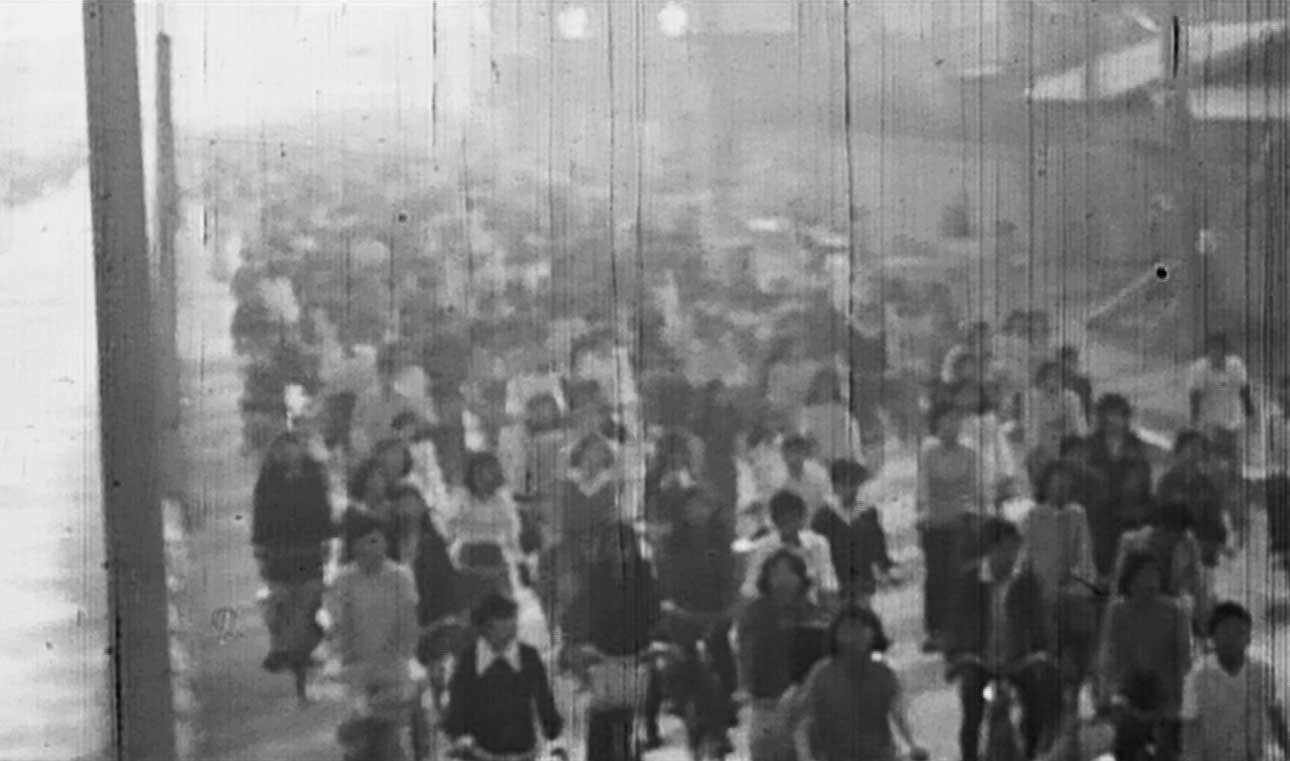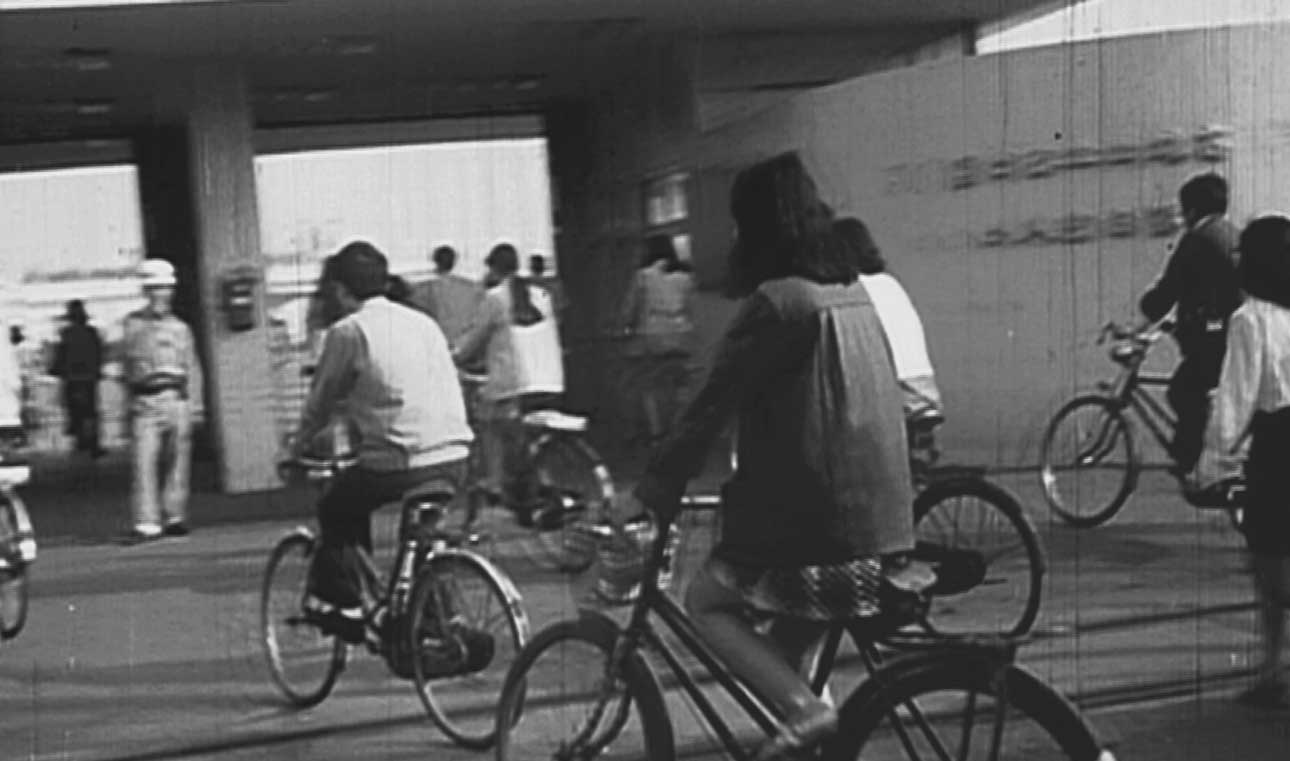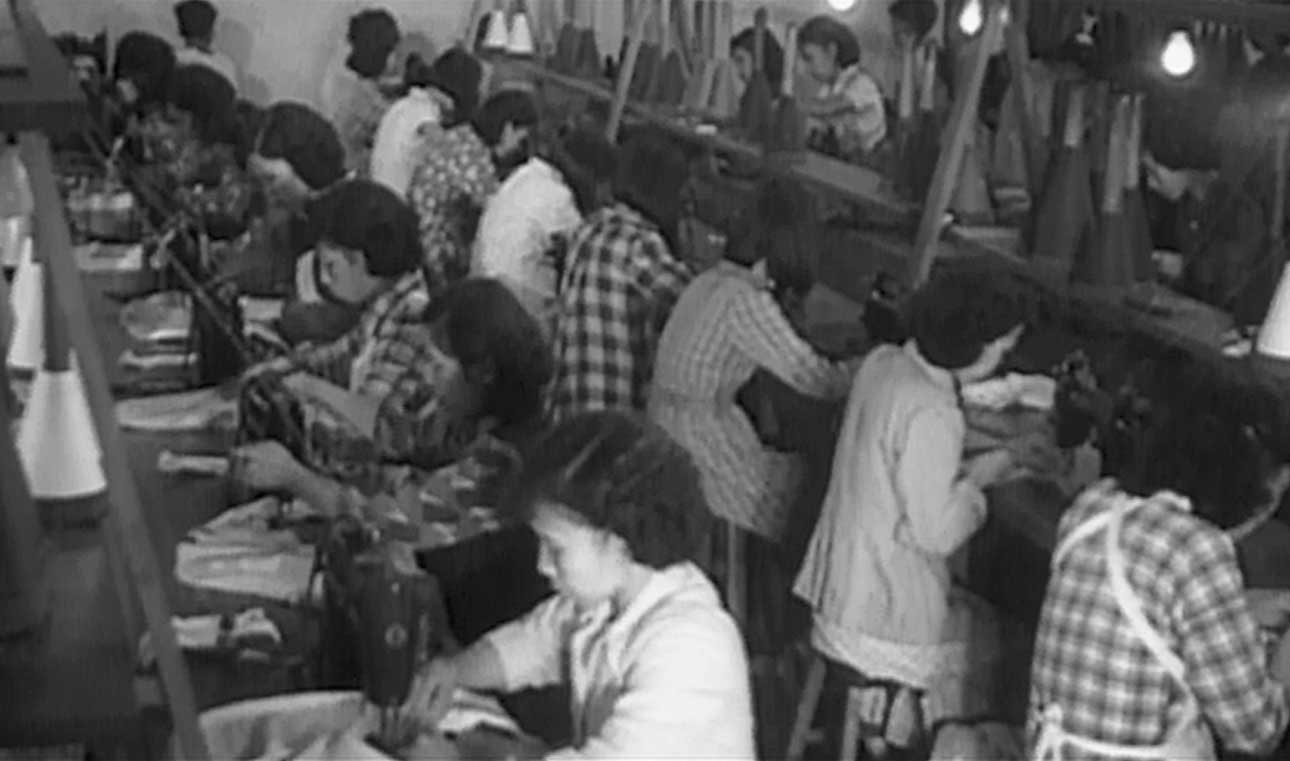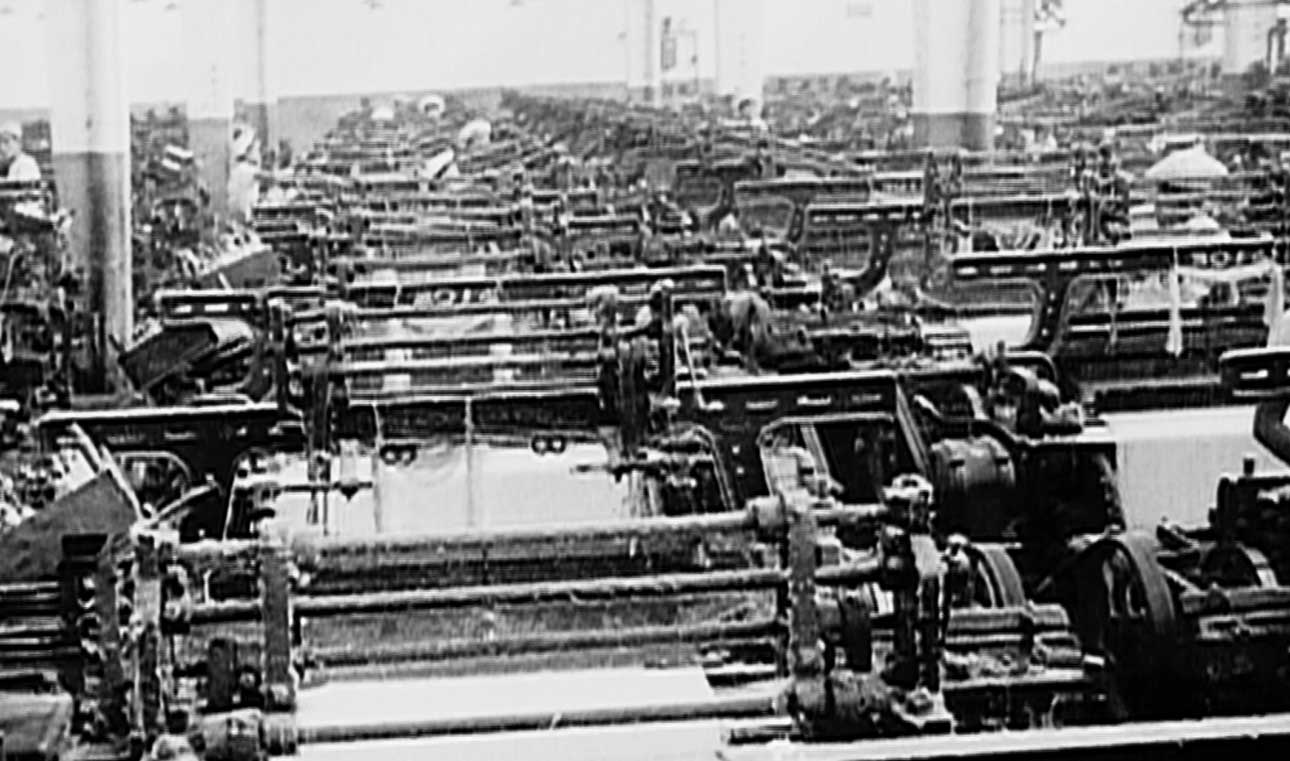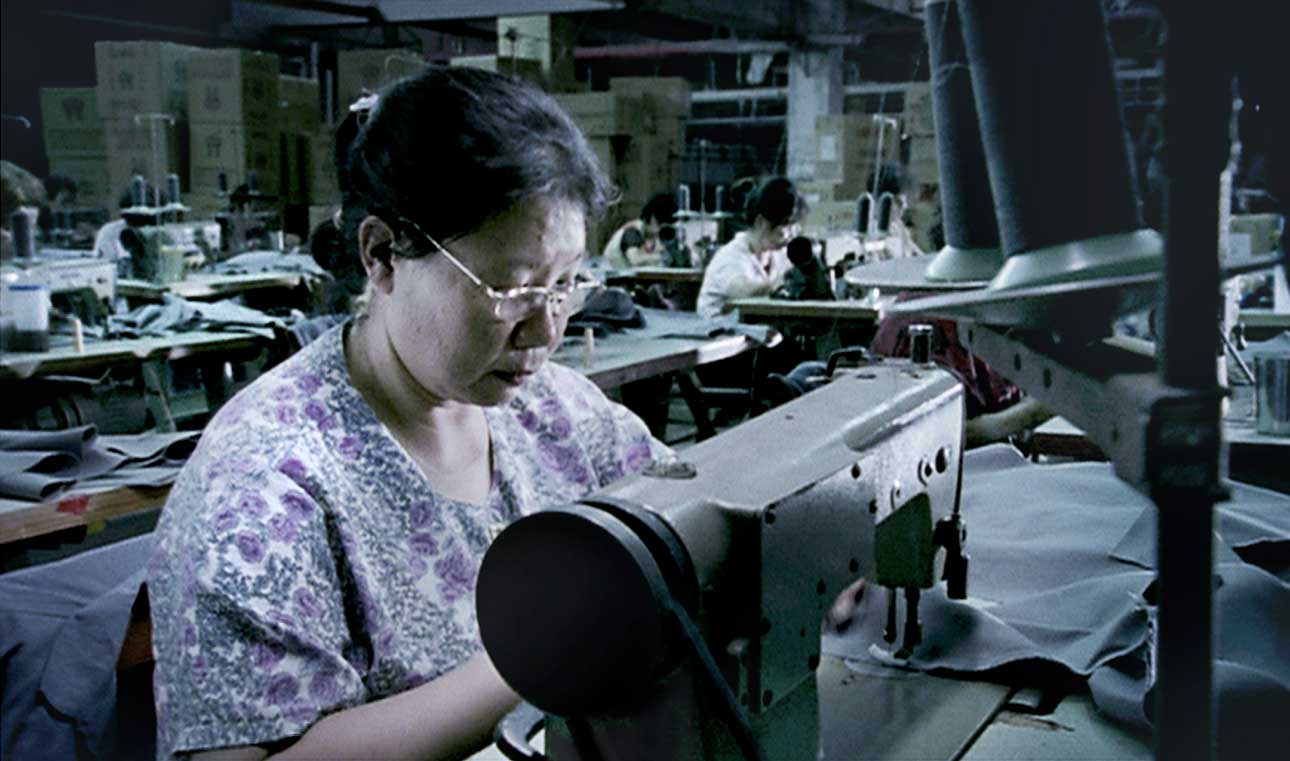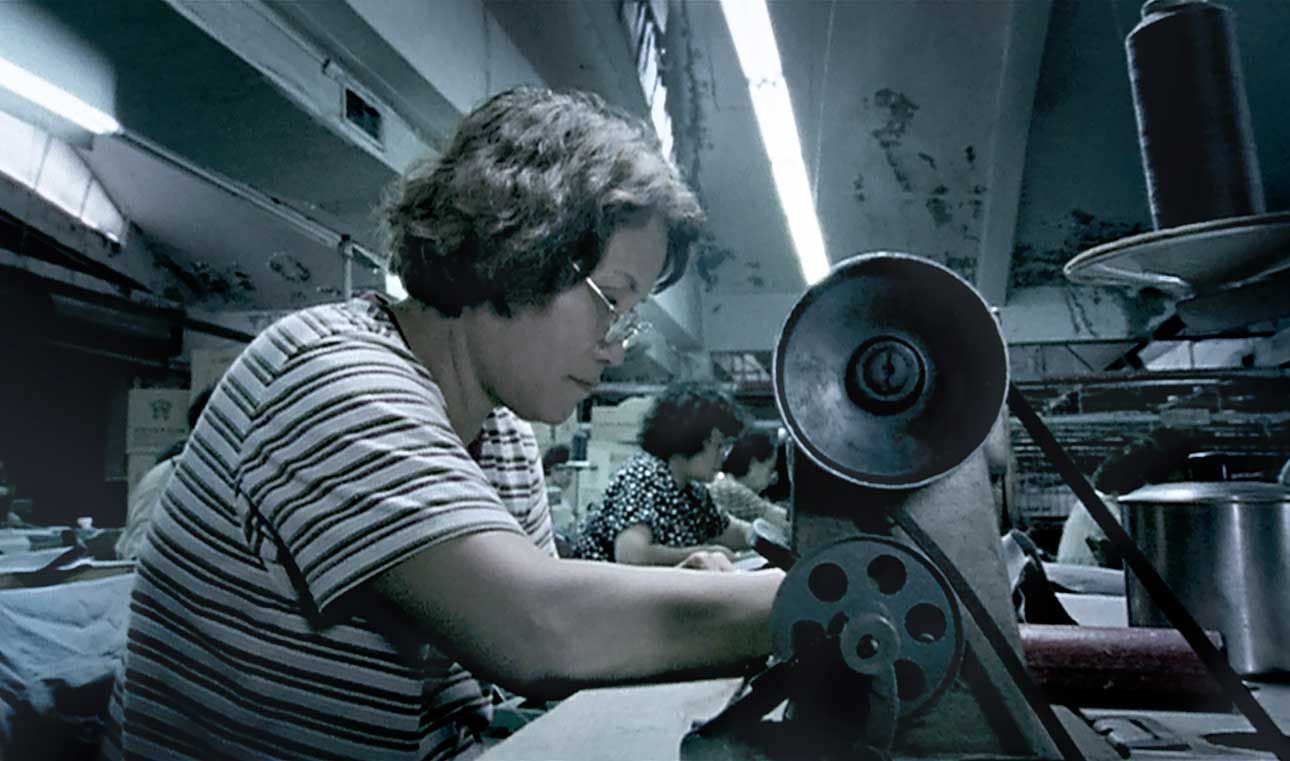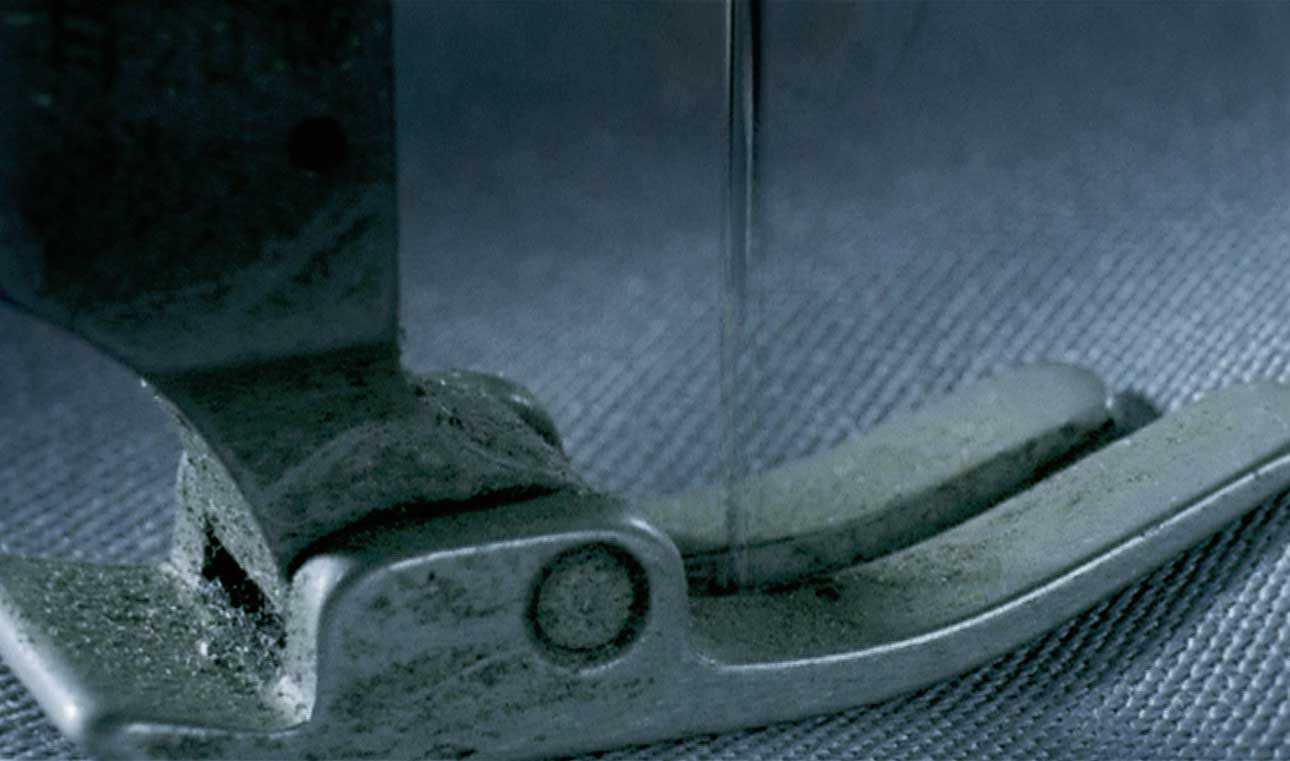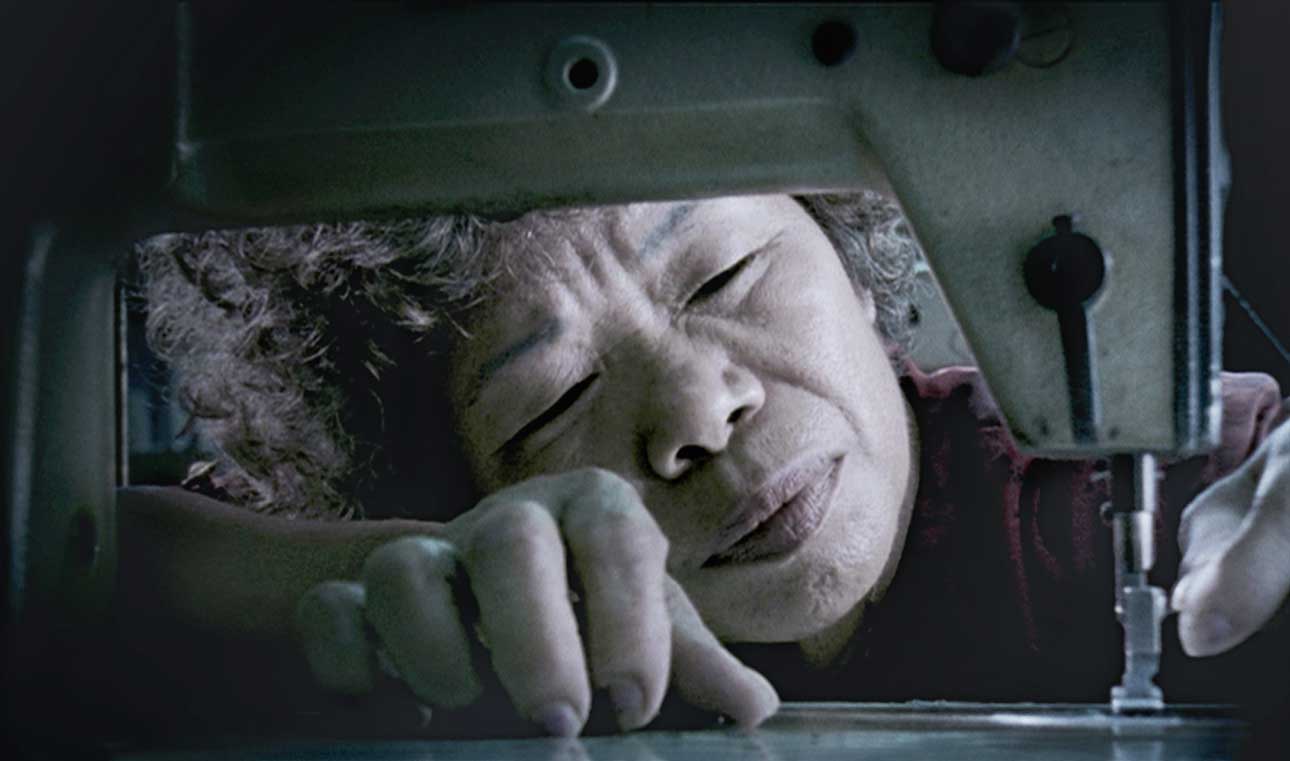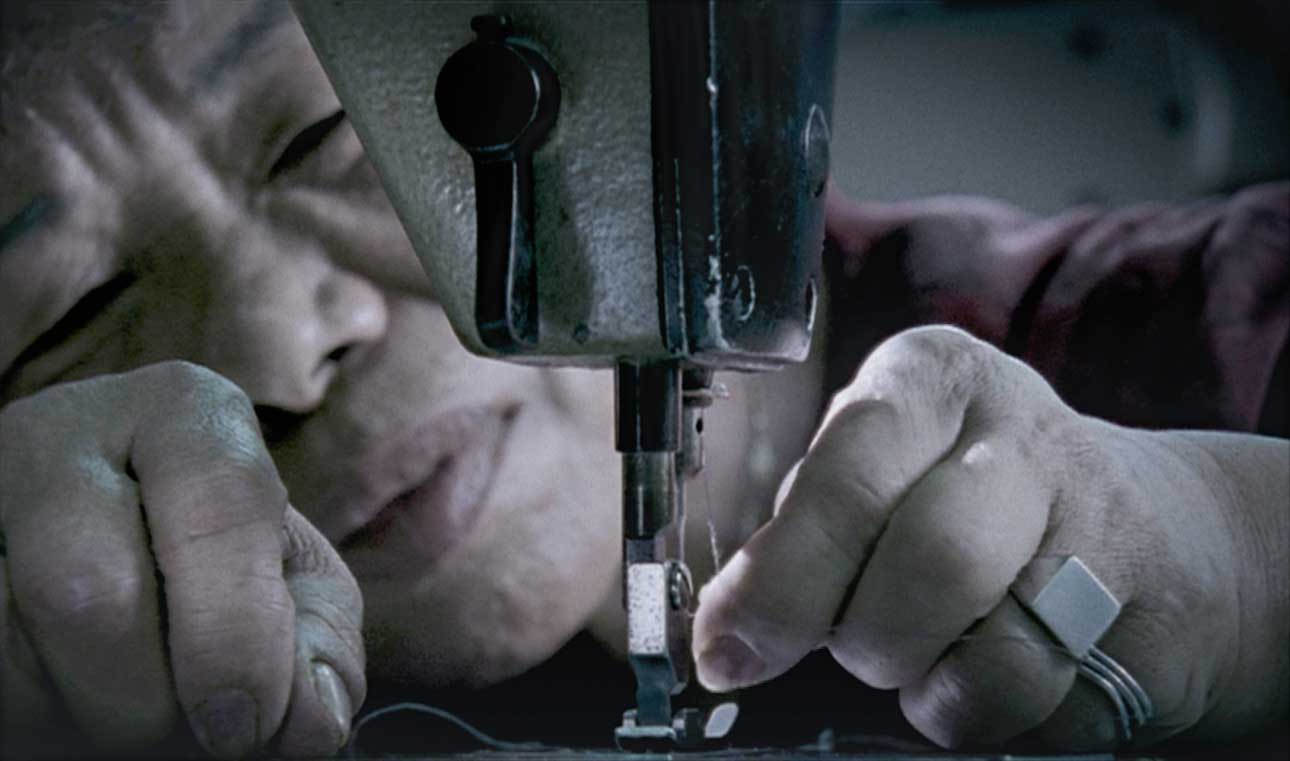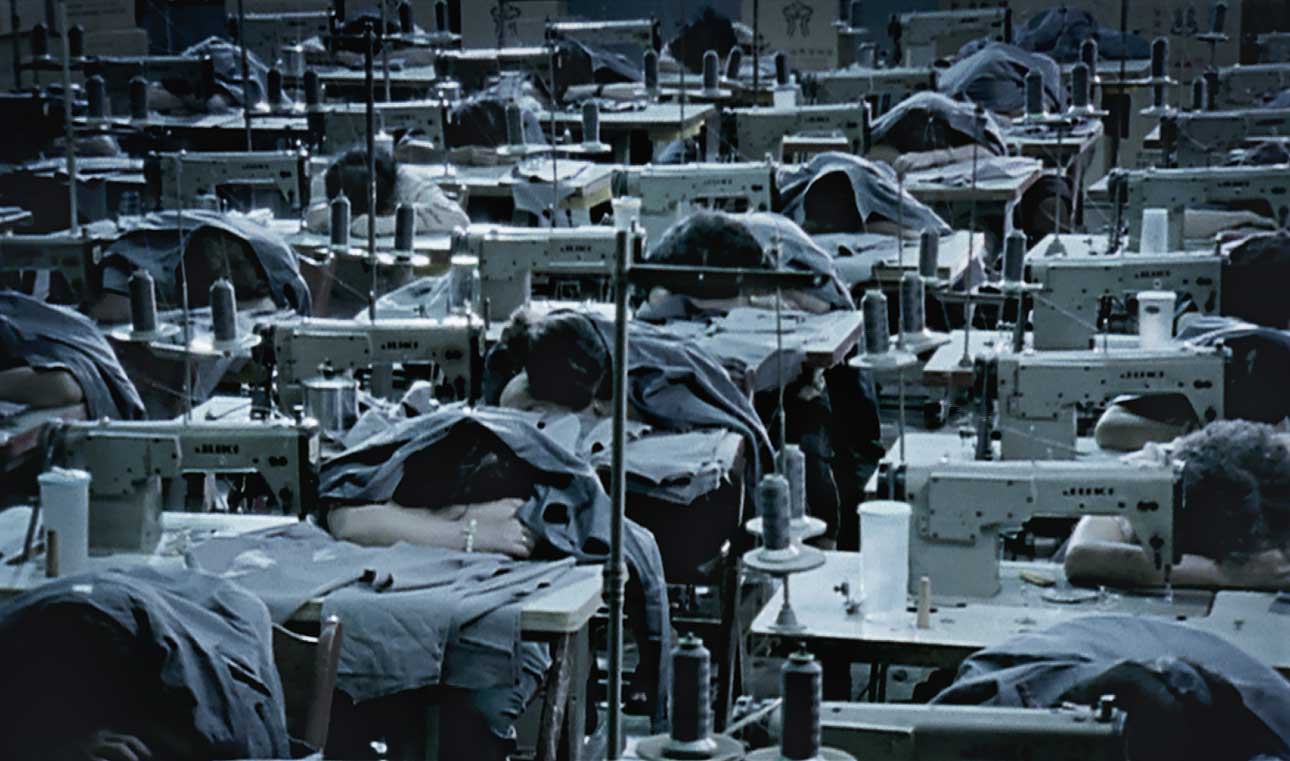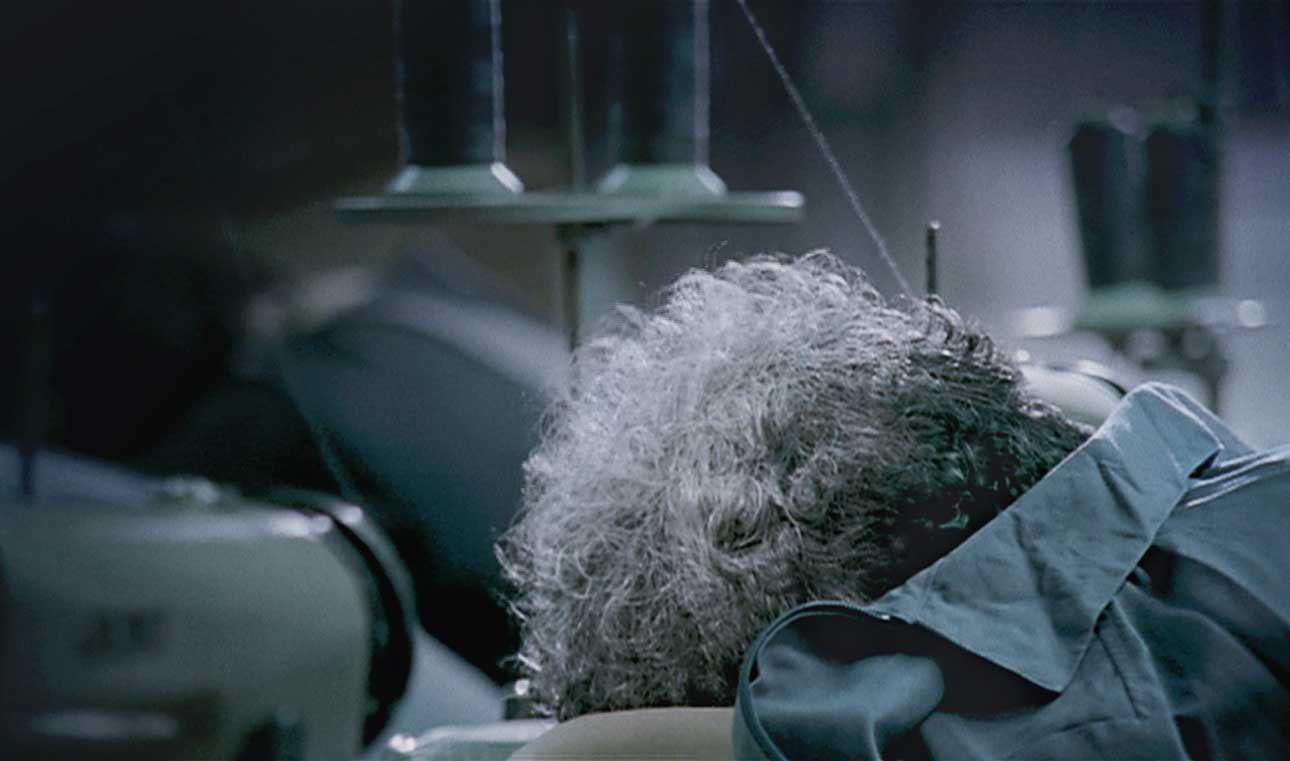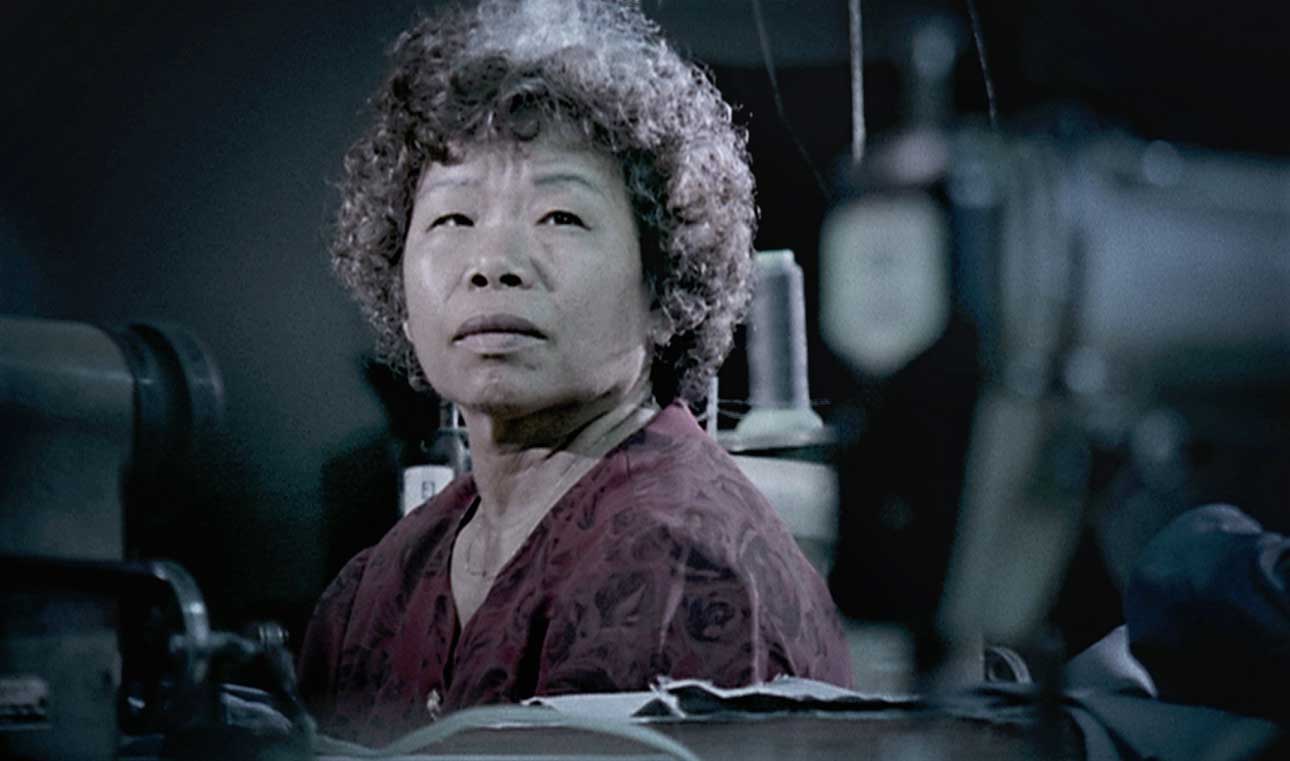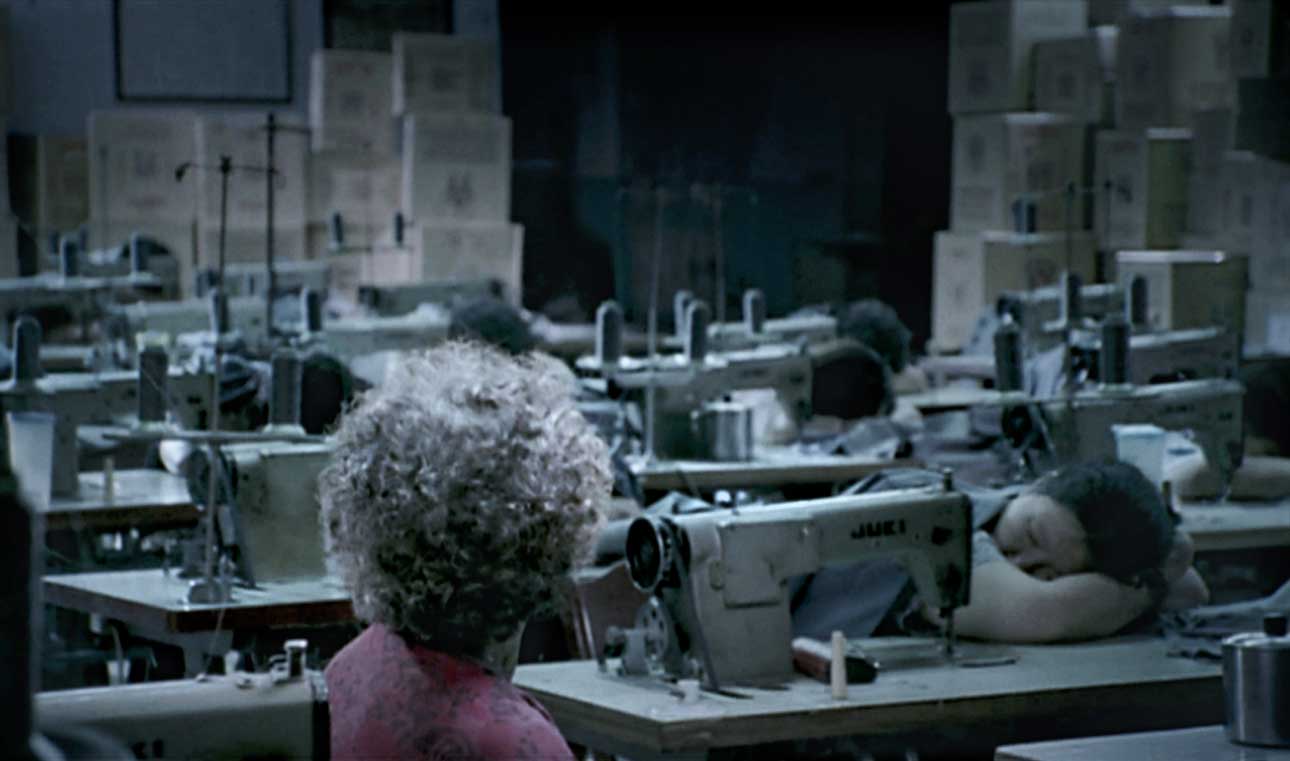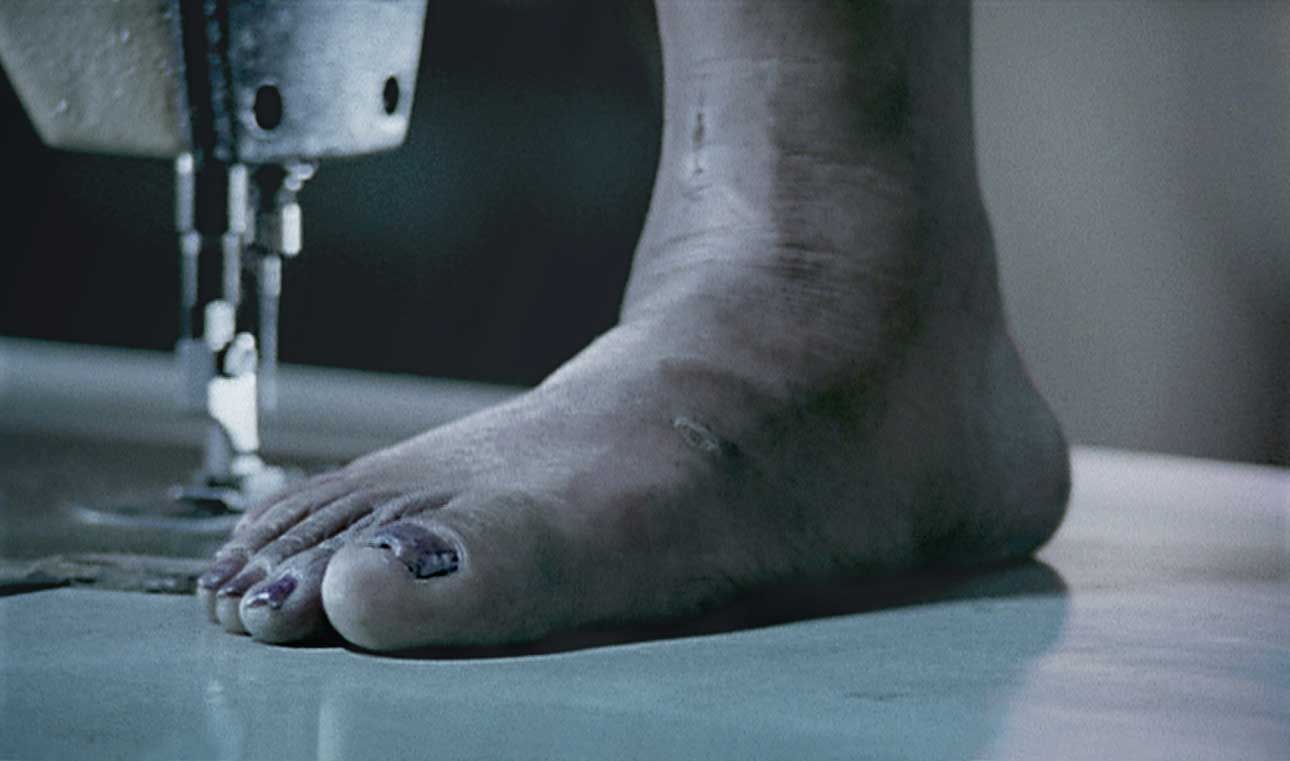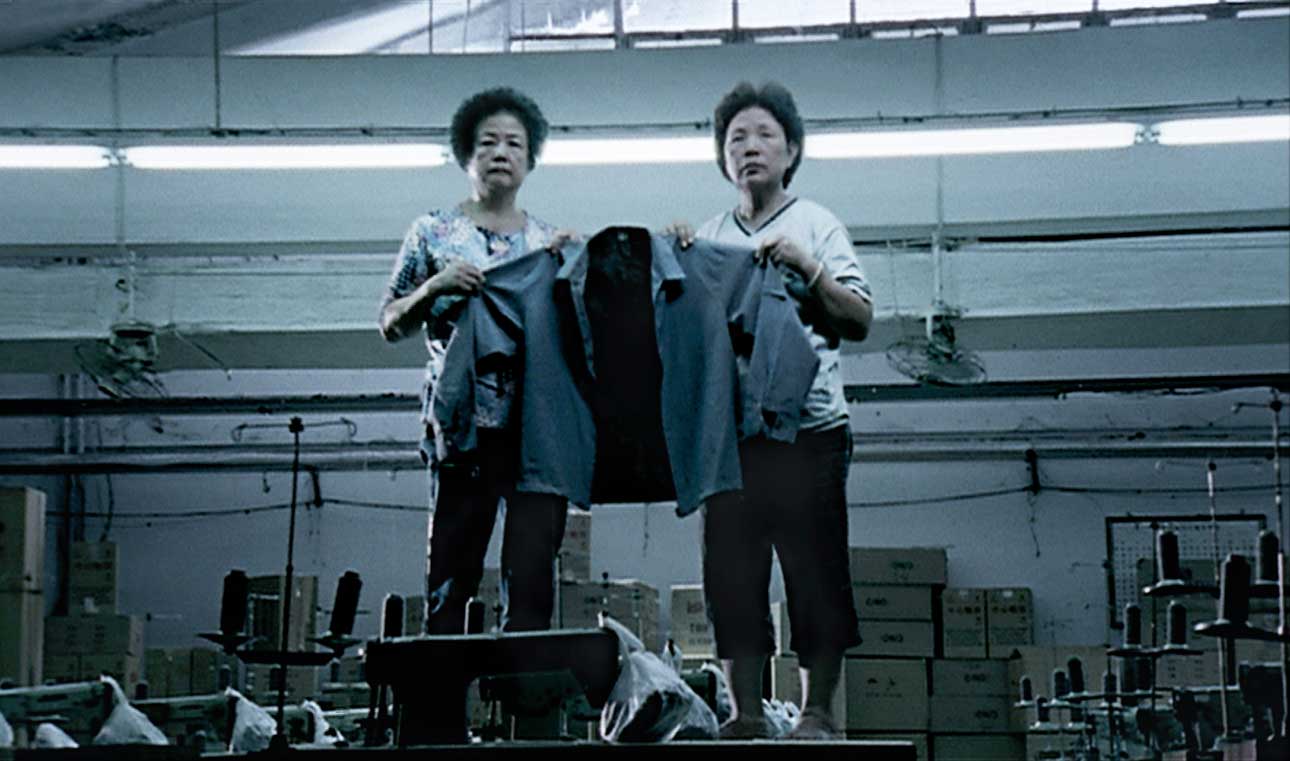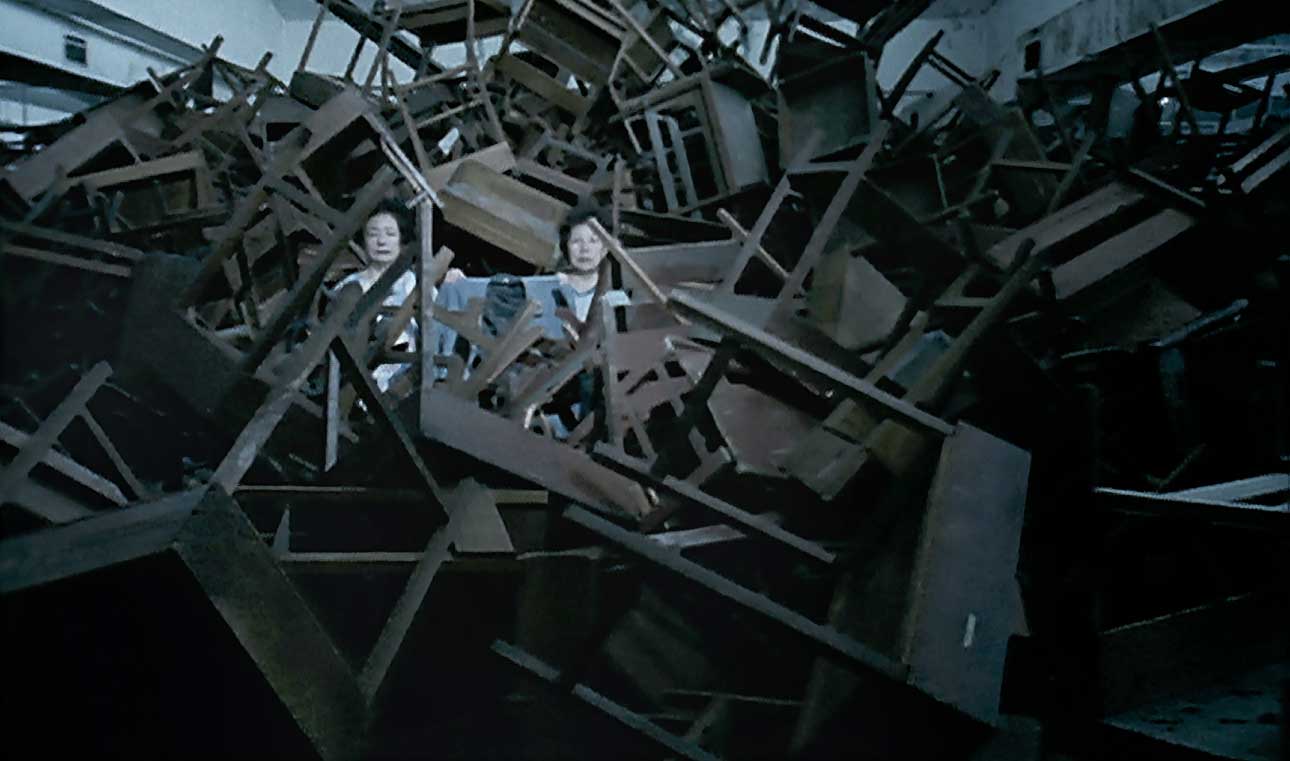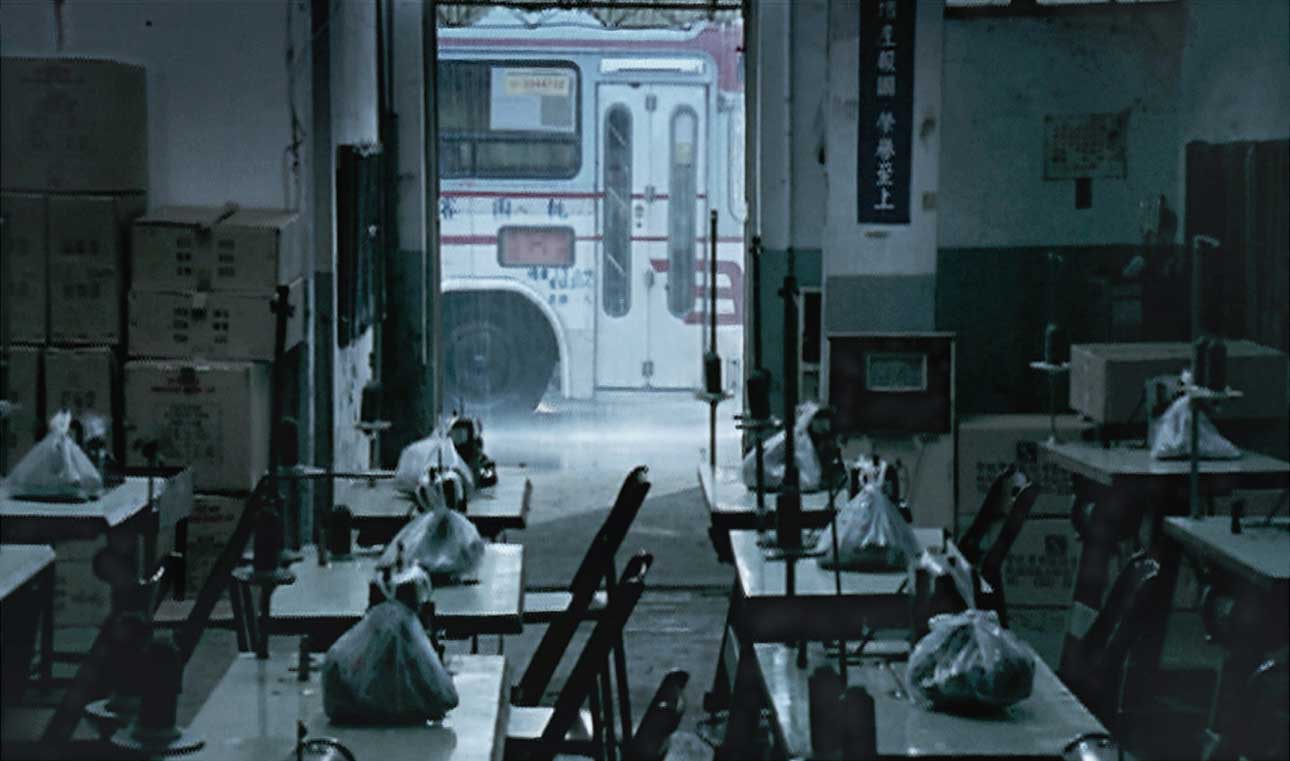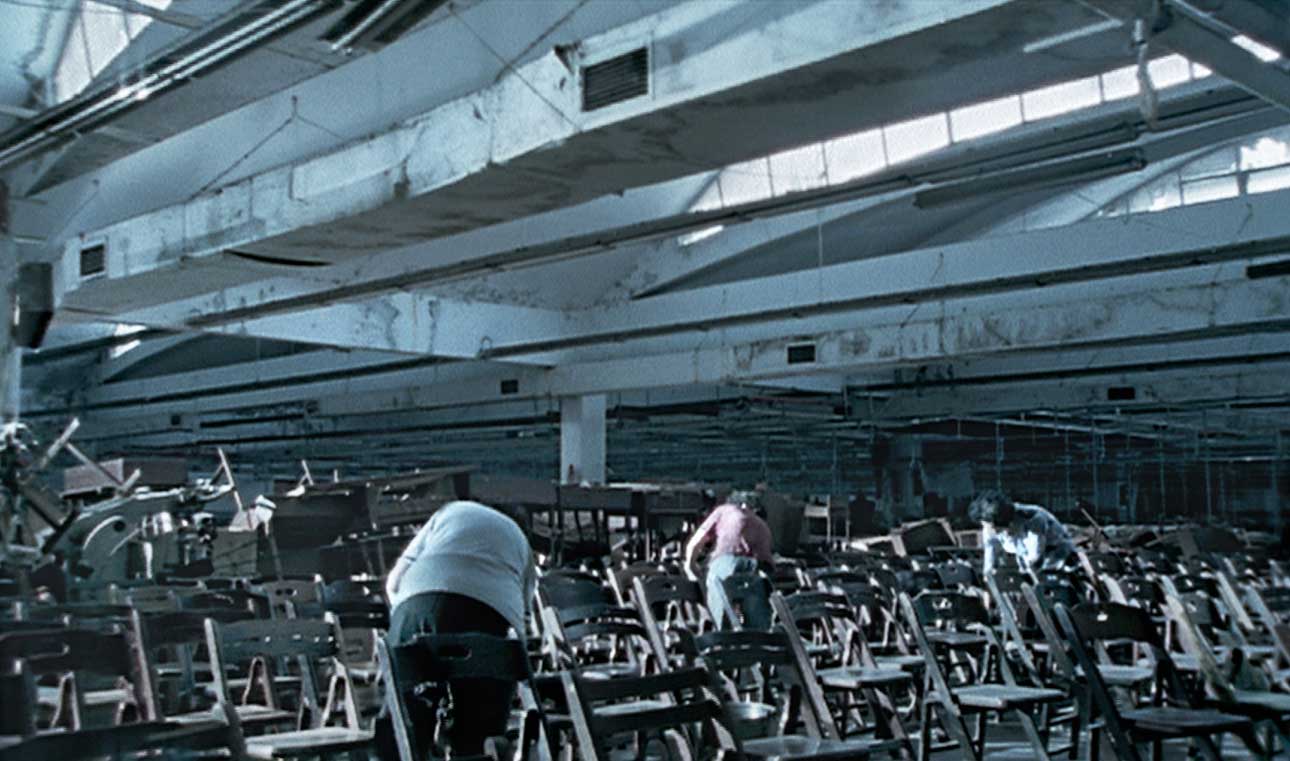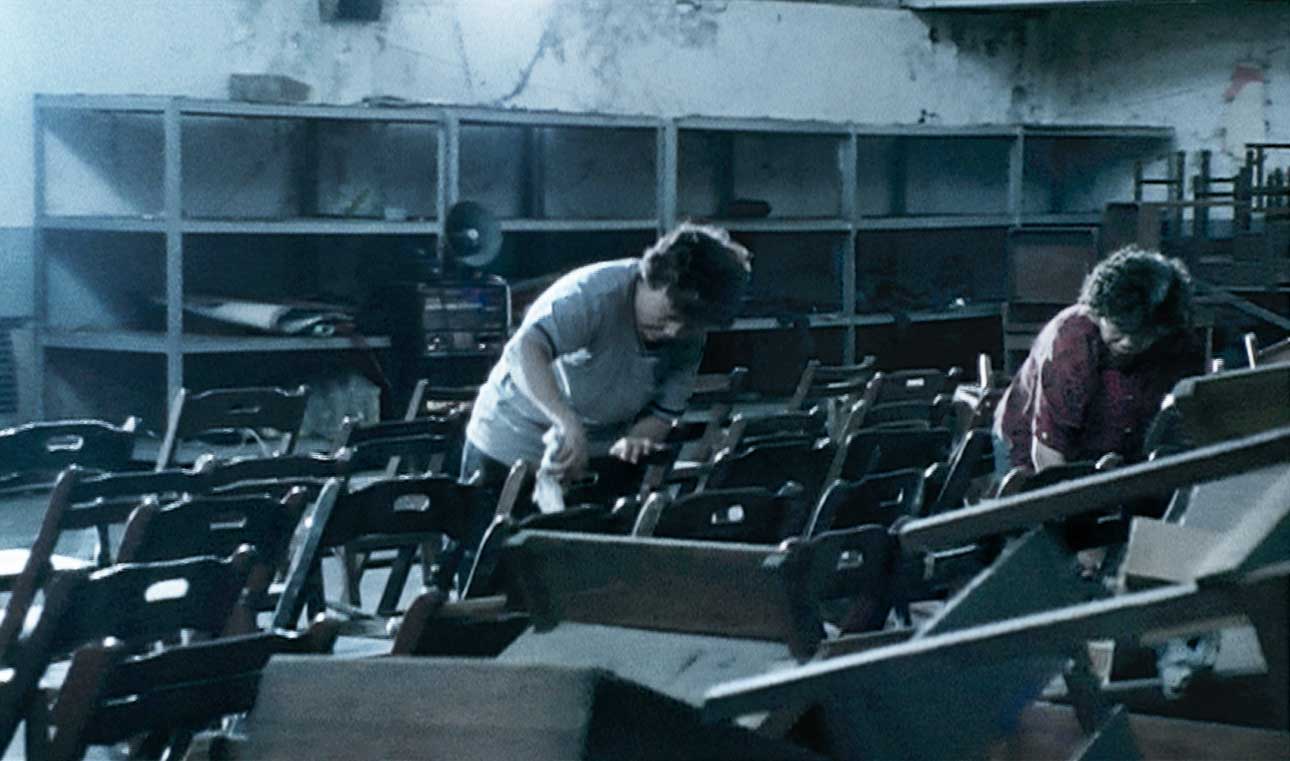Factory
2003
super 16mm transferred to DVD.color.silent.31’ 09”.single-channel video + documentation
Artwork Context and Introduction
From the late 1980s when industries started moving abroad until 1996, Taiwanese labor protests directed at factories that closed to escape meeting financial obligations reached their peak. Yet in the ensuing years these protests seem to have receded into the past due to deliberate government negligence and media disinterest, as such structural social problems are not regarded as significant today. In 2002 Chen Chieh-jen met a group of female laborers who at one time worked at the Lien Fu Garment Factory and had been protesting continuously for six years. After a year-long association with these women, Chen filmed Factory in 2003.
Taiwan’s manufacturing industry came of age in the 1950s, after Cold War, anti-communist and martial law mechanisms were established in Taiwan. It was during this period that the U.S. established an economic aid office in Taiwan(1) independent of the local Kuomintang government (KMT), and then led the same government in fifteen years of extortionist agricultural reform policies. These policies directly resulted in a large surplus of manual labor composed of Taiwan’s younger generations. In 1965, under pressure of U.S. programs and the cessation of U.S. aid to Taiwan, the KMT Ministry of Economic Affairs announced its Statute for the Establishment and Administration of Export Processing Zones, and in the following year, young farm laborers starting flooding Taiwan’s various manufacturing zones. In this way, Taiwan formally became an export-oriented economy reliant on labor-intensive and high-pollution industries within transnational capitalism’s system of divided labor. Following the global advancement of neoliberalism in the 1990s, a large number of Taiwan’s labor-intensive industries moved offshore to reduce labor costs. At this time, as Taiwanese companies laid off workers or abandoned factories to avoid meeting financial obligations, many people were forced into long-term unemployment.
For his video Factory, Chen Chieh-jen asked the same workers he met in 2002 to return to the abandoned Lien Fu Garment Factory and reenact their duties. Investors had closed down the factory in 1996, withholding pension, severance pay and wages while maintaining ownership of the company assets. The video focuses on the expressions and gestures of these women as they work, juxtaposing this with clips from a government-produced, early black-and-white film promoting Taiwan’s flourishing industrial sector. In this manner, the video presents the plight of Taiwanese laborers who were left unemployed after industries moved abroad.
The video also carefully examines items left in the factory which had been sitting idle for seven years waiting to be auctioned off. Remnants include a calendar, newspapers, a punch clock bearing the time of the factory’s closing, work tables and chairs, manufacturing equipment and electric fans. In the video, factory surfaces are coated with years of dust, the air is stagnant and filthy, and megaphones, loudspeakers, and banners left by workers staging a protest at the time of the plant’s closing are strewn about. It is through these dual time frames of stagnation and flow suggested by discarded objects that the video indirectly projects the shared plight of immobility versus mobility experienced by many workers around the world. As investors continually move factories to regions with lower labor costs, unemployed and abandoned workers can only linger on in the same places.
To honor a request by the invited workers, the video is silent, which symbolically suggests the loss of their voices. Also, by temporarily occupying the factory still in the possession of investors, Chen Chieh-jen and the workers transformed it and the investor’s assets into an impossible to eliminate or forget dialectical space.(2)
Notes
- This office operated under different names during different periods, but was known among Taiwanese people as “the Taiwan branch of the American economic aid office” for the duration of its existence.
- These women workers formerly employed by Lien Fu Garment Factory have protested for twelve years because the Taiwanese government does not have laws to protect labor from investors who abandon factories without honoring their financial obligations. In 2008 the Lien Fu factory was auctioned off piece by piece by the Taiwanese courts, and as of November 11, 2008, when police forcibly removed protesters from the site, these unemployed women workers still had not received their pensions, severance pay and wages. The new owners of the property quickly demolished the factory and constructed a new building.
